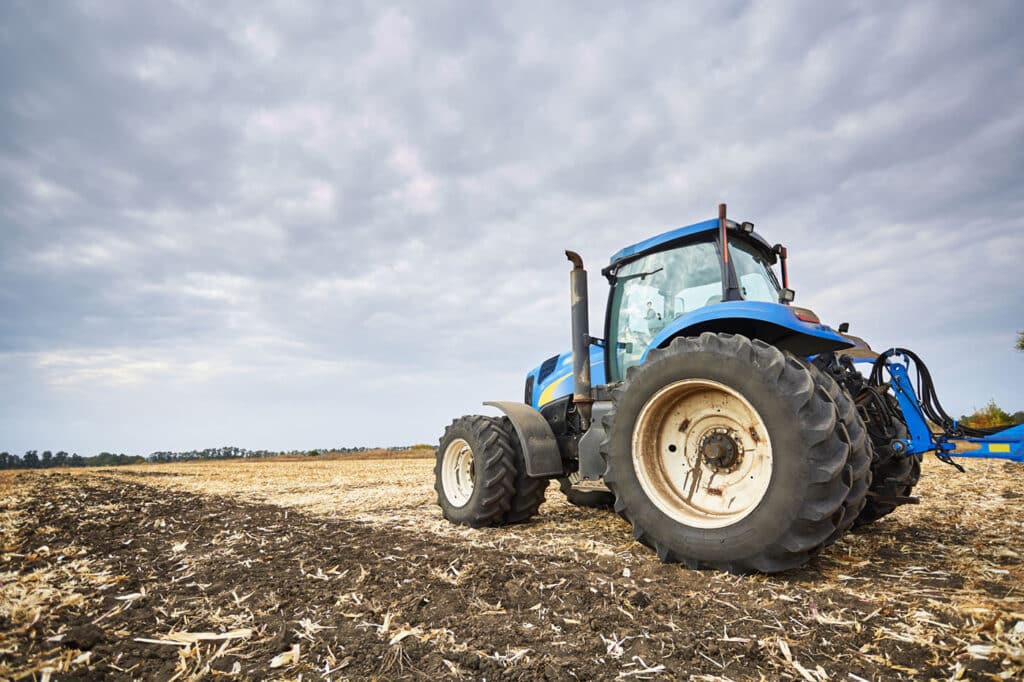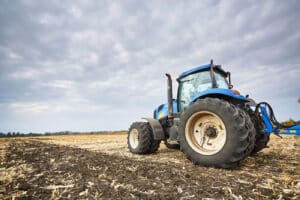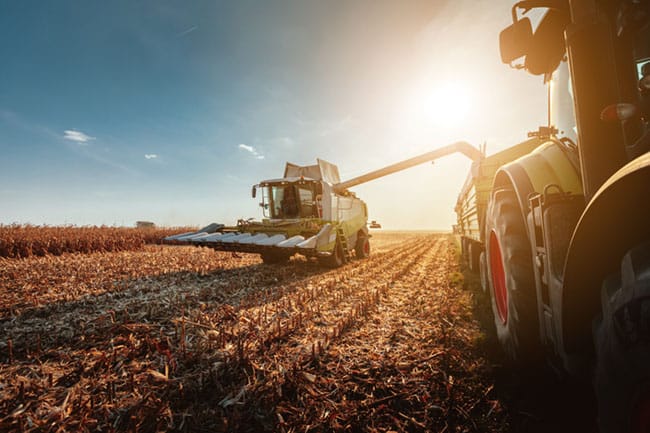Apr 11, 2025



From Latin America to North Dakota, growers are becoming more concerned with soil compaction, even on farms that didn’t worry about it a decade ago. For example, growers in Manitoba are now experiencing excess salinity – a direct effect of soil compaction.
Compact soils lead to poor drainage, which inhibits water from penetrating into the soil profile. As a result, pooling water contributes to salt level build-up and, without proper water drainage, the salts are not able to be leached downward in the soil. In Manitoba, freezing and thawing cycles used to help mitigate soil compaction and provide drainage, but this seems not to be the case anymore.
Soil compaction is more widely affecting growers due to machines being 10x heavier than they were in the 1960s. As the video above suggests, to fix and avoid soil compaction and its negative effects, growers need to improve soil’s physical properties and support soil biological health.
By feeding hungry soil microbes a carbon-rich microbial food like PhycoTerra, you’ll be taking a proactive measure to help ensure soil compaction doesn’t affect your soil or yields.
Sand, silt, and clay particles create pores called soil aggregates. Soil compaction happens when soil pore space is reduced, thereby limiting the ability of water and oxygen to penetrate the soil.
As compaction happens, it pushes water and air out of the soil, increasing density and lowering aeration and water holding capacity. This can affect your crops’ ability to penetrate the soil and access vital nutrients. Compacted soils can decrease crop yield by 10% to 20%.
Today, many growers’ soil compaction problems come from machinery or tilling. 35-40 ton machinery can impact soil 3 to 4 feet. While you may think one pass couldn’t hurt your soil’s density, an estimated 80% of soil compaction happens on the first pass. Fields at the greatest risk for compaction are fields with wet or moist soils.
If you’re wondering if your crops are suffering from soil compaction, take a look at their roots. Crops with roots growing sideways instead of around the plant (down and out) are likely to be reaching for porous soil around the compacted soil area.
Compact soils create lower yields for many reasons and affect each stage of your crops’ growth.
During planting, compacted soils can be hard to plant into. As your seedlings grow, they’ll have restricted root growth. The lack of aeration and gas exchange can hinder root metabolism, leading to below-average germination and poor stand establishment.
If your seedlings survive, your crops will experience abiotic stress because they can’t access the water they need to move nutrients throughout the plant, potentially causing plants to be stunted. Soil compaction hinders water productivity and water holding capacity in the soil, making your crops less tolerant to drought.
Your soil and plants also won’t receive support from soil microbes or other soil biology (like worms). Soil microbes help your crops access the nitrogen and phosphorus they need—but they can’t without the air and water needed for their survival. Naturally, all this leads to lower yields.
Soil compaction can also create erosion and nutrient leaching. In one survey, soil loss from water erosion was reported on 25% of all the fields surveyed, with soil compaction on 22% of the same fields.

Growers have found a handful of ways around soil compaction, but many of them aren’t cheap.
You can invest in flotation tires. While few growers want to buy new tires for all their equipment, the investment could pay off. If you can’t afford flotation tires, don’t over inflate your tires. Consult your equipment’s manual for the correct tire pressure levels.
You can also implement controlled traffic farming (CTF) practices. CTF designates specific paths for all farm traffic to avoid compaction. This can have a high upfront cost, stemming from tracks that are put into place across your fields.
Like CTF, you can lower axle loads or move all your equipment to the same path. All the extra working hours, diesel, and wear and tear on your equipment adds up—but it does keep heavy equipment from crisscrossing in your field.
Many farmers rip or till compacted soil. While this may appear to provide instant results, it’s not a permanent fix for soil compaction.
Tilling soil is like putting a Band-Aid on a broken bone – it’s not the proper care your soil needs to mend. You’ll have to repeat the process, as often as every four years. Tilling every couple of years becomes an investment with lackluster return as you’ll be damaging your microbiome. Your soil microbes won’t be able to support your plants, soil texture, or soil structure.
It’s also advisable to only till when it’s as dry as possible, as wet soil will create compacted soil when tilled.
The good news for growers is there are more affordable options to fix and prevent soil compaction. It’s recommended growers aim for soil that’s 50% solid and 50% porosity.
Avoid planting or harvesting on wet soils. Moving any kind of machinery on wet soils can increase your chances for soil compaction.
Implementing a crop rotation can help avoid compaction. Use large root crops to break up compacted soil. Consider alfalfa, sunflowers, beets, or daikon radishes. Adding crops with bigger roots can increase water 10-100x with improved water infiltration.
Plant cover crops to help retain and manage moisture. Growers can then use the crops, like winter wheat, for grazing.
Add organic material to your fields. This feeds the biology in your soil, which, in turn, supports your soil health, soil texture, and crop yield performance.
By “soil biology”, we mean earthworms and soil microbiology. Soil microbes are sleeping giants that can help improve soil structure and water infiltration—but only if they’re awake. 75% of all soil microbes in your soil are dormant and starving.
Feed your soil microbes a carbon-rich microbial food, like PhycoTerra. By supporting your soil microbes, they’ll help restore structure and water holding capacity in your soil and improve drainage. This, in turn, drives your crop yield and quality.
Once you have a healthy field full of porous soil, consider implementing a minimal or no-till practice. Growers should fix soil compaction before starting this practice as highly compacted soil can take a long time to mend on its own. Many no-till and low-till growers suggest starting out with 10% or less of your acres as no-till to start.
Worried about how you’ll manage your post-harvest residue without tilling?
The Inter-American Institute for Cooperation on Agriculture said, “Organisms in the soil also require a habitat and food sources, so crop residue can be both a food source as well as a habitat for soil organisms.” By speeding up your post-harvest residue decomposition, you can leave the crop residue in your fields, avoid soil compaction, and provide crops in the spring with a slow release of nutrients.
If soil compaction isn’t addressed, it could diminish 20% of global cropland in the coming decades – a statistic growers and the growing population cannot afford.
It’s estimated it could take decades for earthworms and other microorganisms to undo the effects of our modern day soil compaction. As our equipment gets heavier, the soil compaction problems get worse. “The problem is now deeper,” researchers say, “because compaction below 20 inches often exceeds safe limits.”
Growers can’t afford to address soil compaction once it’s happened. Rather, consider investing in your soil microbiology now to improve your soil structure.
Soil scientist Francisco Arriaga describes the ideal soil as a sponge. “Low in bulk density, high pore space and pore size distribution.” Soil with a sponge structure supports the biology in the soil, which, in turn, supports the soil structure and crops.
There are many options to avoid and address soil compaction – explore the best options for your soil, crop, and operation. If you’re ready for help and want to activate soil microbes to improve soil structure, consider a carbon-rich microbial food. Products like PhycoTerra can help you avoid soil compaction and support the perfect sponge like structure for your soil.